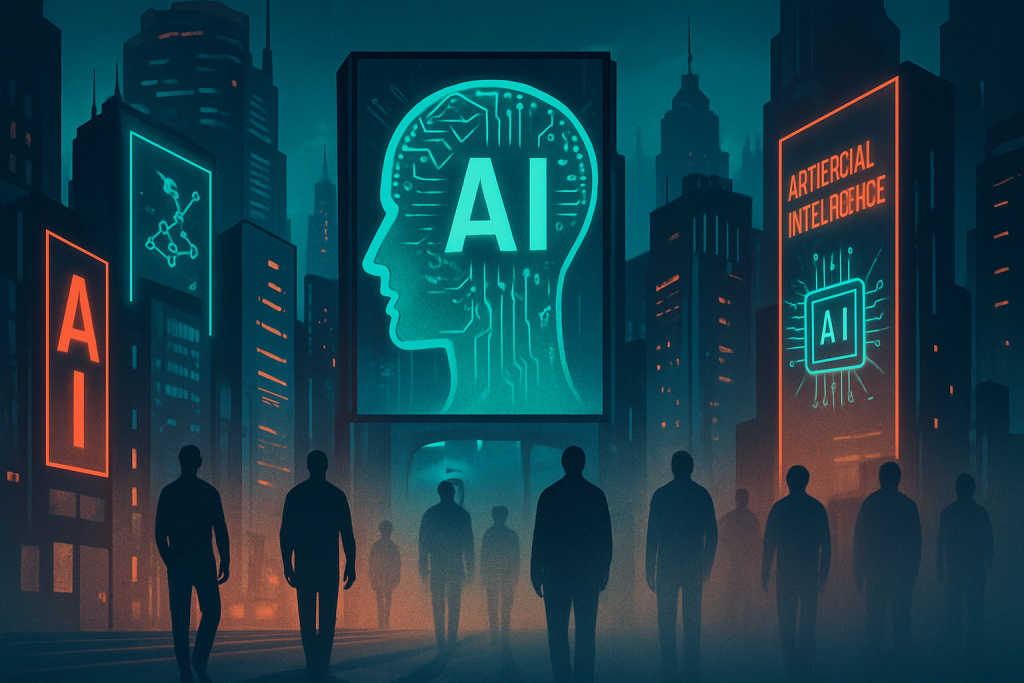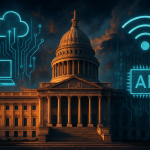The year is 2025. Flying cars remain stubbornly absent, but the AI revolution? That’s in full swing. And like any revolution, it’s leaving some casualties in its wake. Yesterday, Microsoft dropped a bombshell that sent ripples across the tech world: the company announced it would be laying off nearly 4% of its global workforce, a staggering 9,100 employees. The official reason? A strategic realignment to manage costs in the face of massive investments in AI. But is it really that simple? Let’s dive in.
To understand this, we need a little context. Think back to the gold rush- everyone scrambling for a piece of the action, betting big on finding that mother lode. That’s AI right now. Microsoft, under the leadership of Satya Nadella, has been aggressively pursuing AI dominance, particularly through its partnership with OpenAI and the integration of AI into its Azure cloud platform. They’re not just playing the game; they’re trying to rewrite the rules.
But rewriting rules costs money. Serious money. Microsoft committed to an eye-watering $80 billion capital expenditure for fiscal year 2025, with the lion’s share earmarked for scaling its AI infrastructure. That’s like building a Death Star, only instead of blowing up planets, it’s designed to generate… well, hopefully, profit. But those costs are starting to bite. Profit margins, particularly in the cloud services sector, are feeling the pinch. And when the bean counters start feeling pinched, heads tend to roll.
This isn’t Microsoft’s first rodeo with layoffs. Back in May 2025, they trimmed the fat by axing around 6,000 employees. So, what’s different this time? It’s the scale, and the explicit connection to AI investment. It’s a clear signal that the company is prioritizing AI above all else, even if it means sacrificing human capital in the short term. This isn’t just about cutting costs; it’s about reallocating resources to fuel the AI engine.
The announcement details are telling. Beyond the overall headcount reduction, Microsoft is talking about streamlining operations, reducing organizational layers, consolidating roles, and refining products. Translation: they’re looking to squeeze every ounce of efficiency out of the existing workforce to maximize the impact of their AI investments. Even King, the Barcelona-based studio behind the eternally addictive Candy Crush, isn’t immune, with about 10% of its staff (around 200 positions) getting the boot.
But here’s the kicker: Microsoft isn’t alone. This isn’t an isolated incident; it’s a symptom of a wider trend sweeping through Silicon Valley and beyond. Remember Meta’s (formerly Facebook) announcement earlier this year about cutting the bottom 5% of performers? Or Google’s ongoing series of layoffs? Even Amazon, the retail behemoth, has been trimming its workforce. It’s like watching a tech industry diet, where companies are shedding pounds (or rather, employees) to achieve a leaner, more AI-focused physique.
What does this all mean? Well, for starters, it highlights the immense pressure tech companies are under to stay ahead in the AI arms race. They’re caught in a Catch-22: they need to invest heavily in AI to remain competitive, but those investments are squeezing their bottom lines, forcing them to make difficult choices about staffing. It’s a high-stakes game of chess, where the pieces are human lives.
And let’s not forget the broader implications. These layoffs raise serious questions about the future of work in the age of AI. Are we heading towards a world where AI replaces human workers on a massive scale? Will there be enough new jobs created to offset the losses? These are not just abstract philosophical questions; they’re real-world concerns that need to be addressed. We’re entering a new era, one where the relationship between humans and technology is being redefined, and we need to be prepared for the consequences.
Furthermore, this situation brings political and societal angles to the forefront. The government is under increasing pressure to regulate AI development, to ensure ethical and fair usage. What happens when AI starts displacing large numbers of workers? How do we retrain and reskill the workforce to adapt to the new realities? These are policy challenges that require immediate attention.
The financial implications are also significant. Layoffs can boost short-term stock prices, as investors cheer the cost-cutting measures. But in the long run, a demoralized workforce and a lack of human expertise can stifle innovation and hinder growth. It’s a delicate balancing act, and only time will tell if these companies can pull it off. This whole situation is a reminder that technology, for all its promise, is ultimately a tool. It’s up to us to decide how we use it, and to ensure that its benefits are shared by all, not just a select few.
Discover more from Just Buzz
Subscribe to get the latest posts sent to your email.


